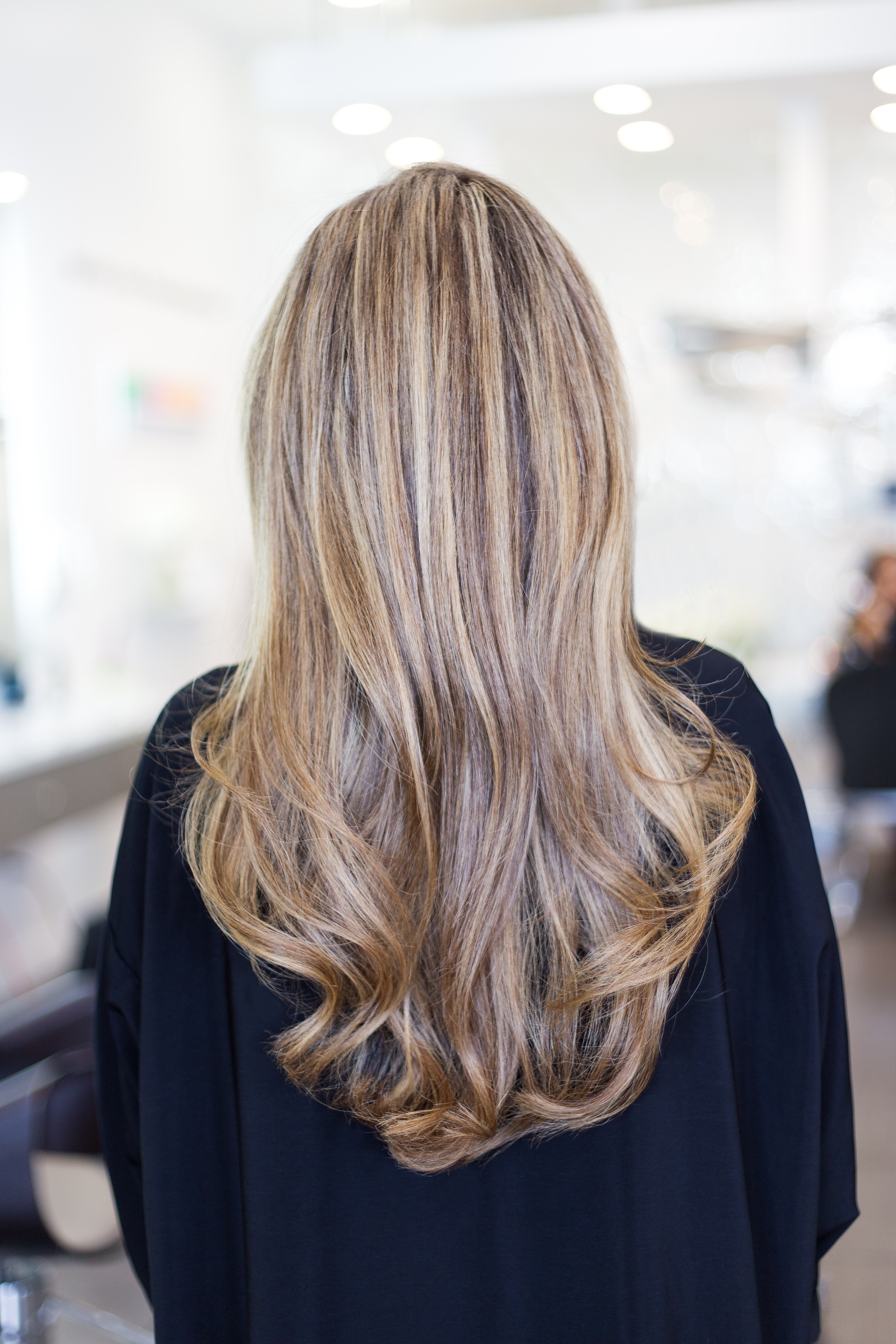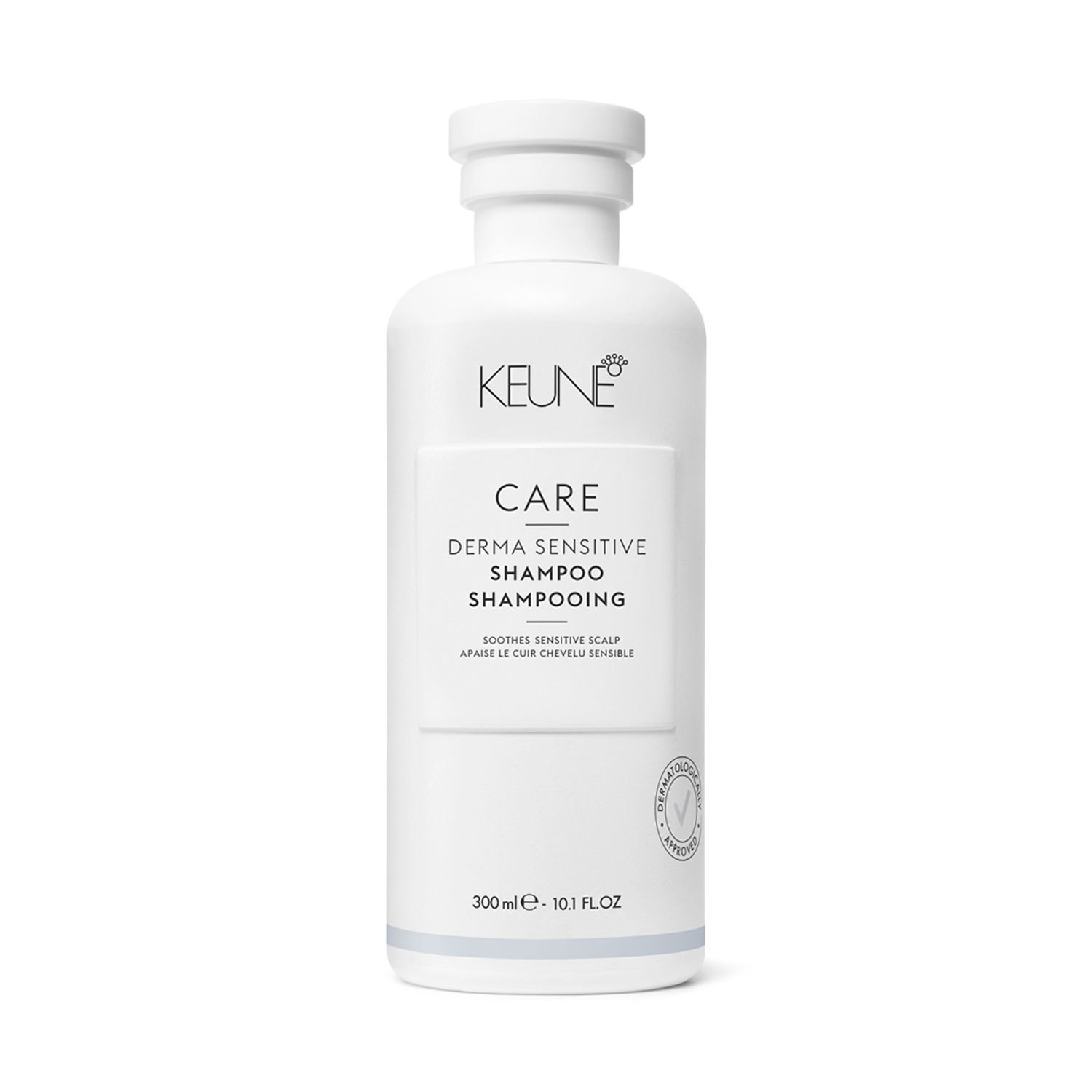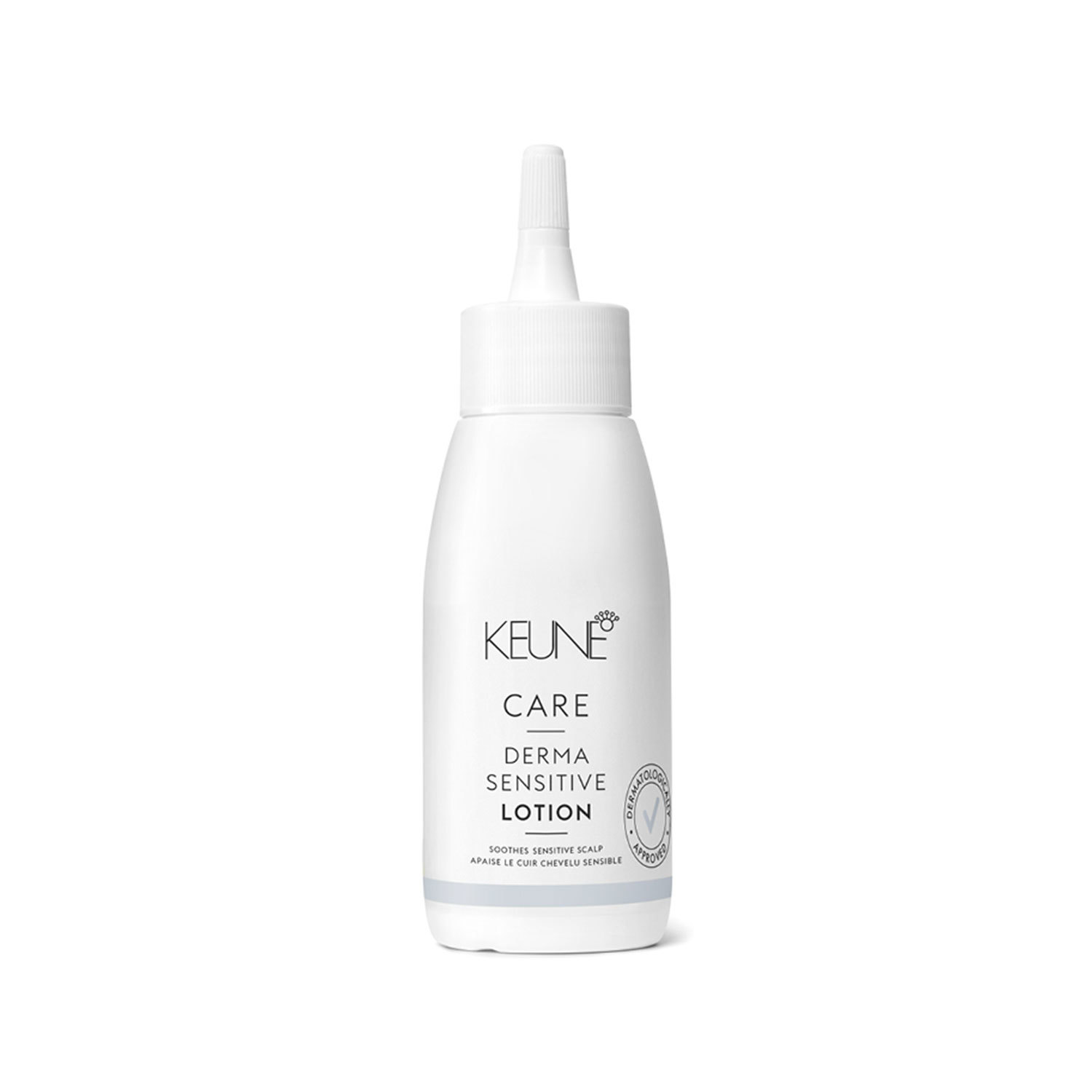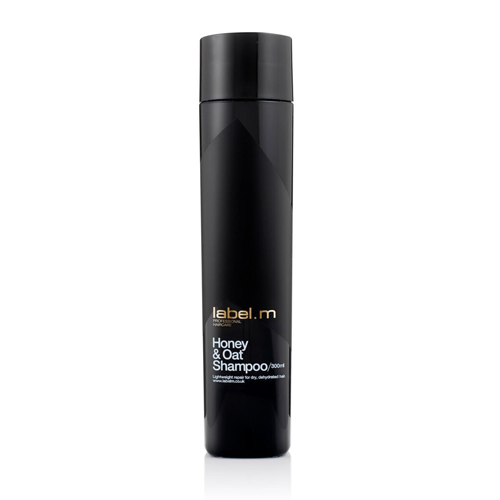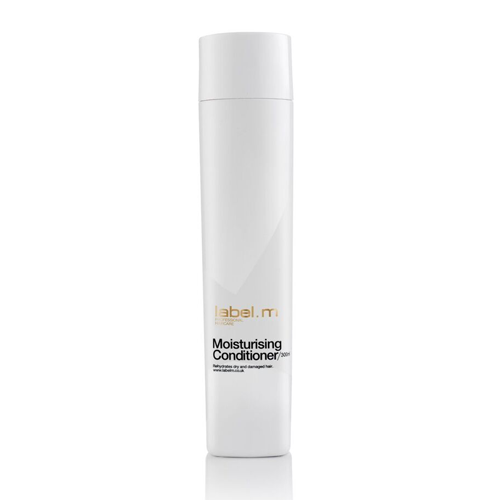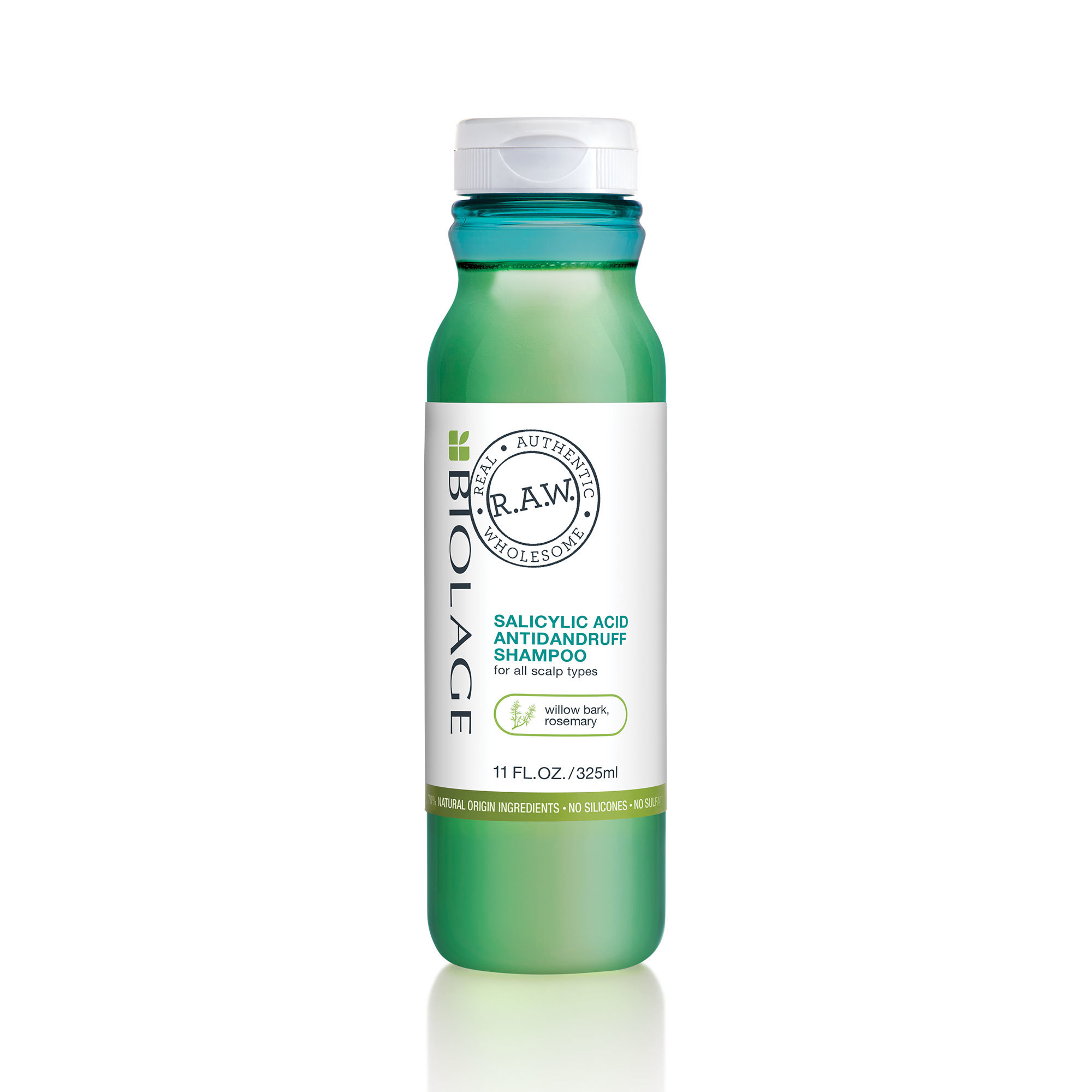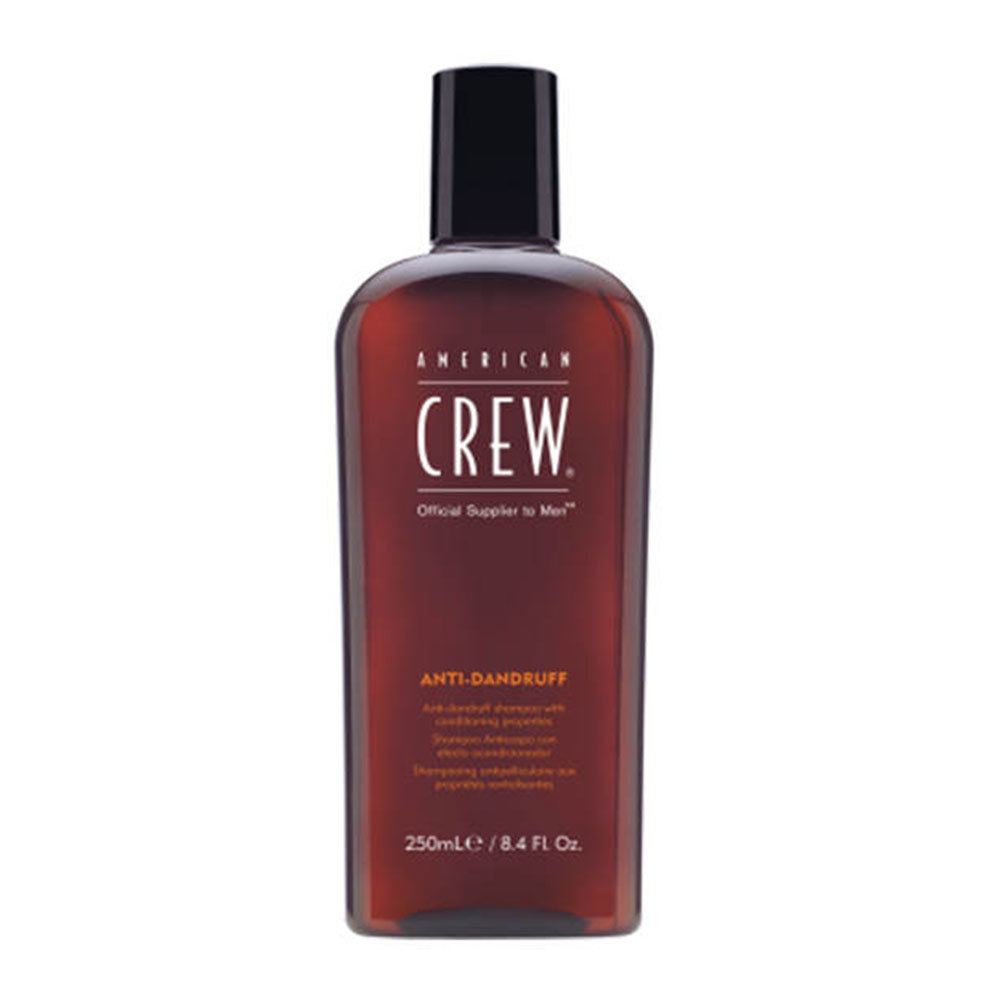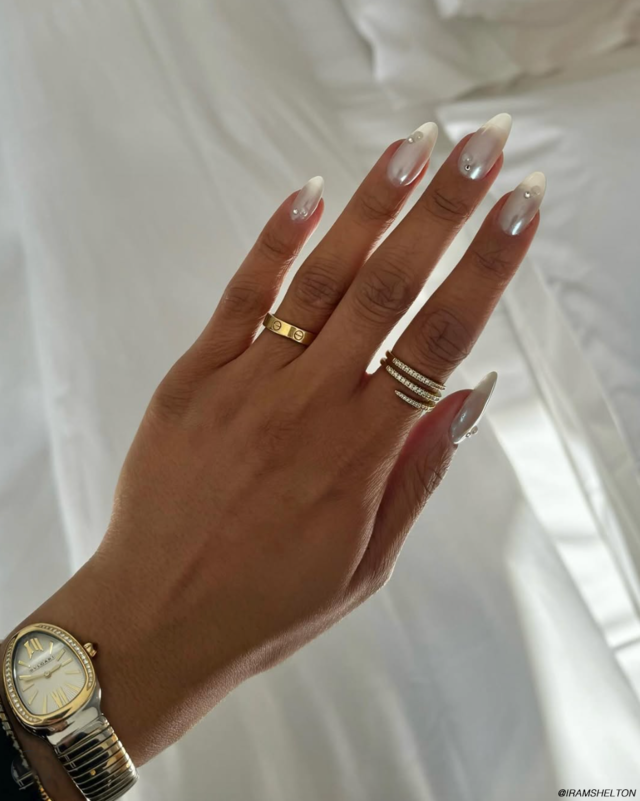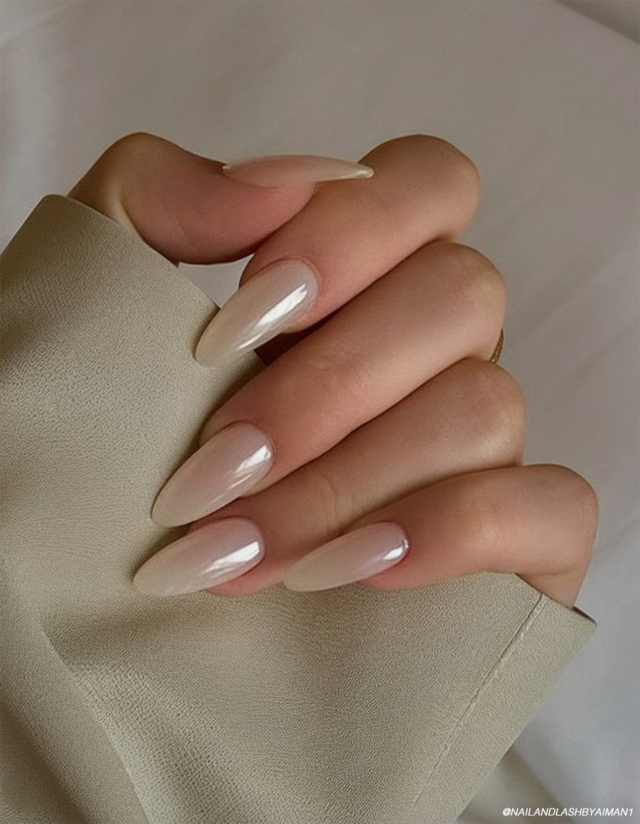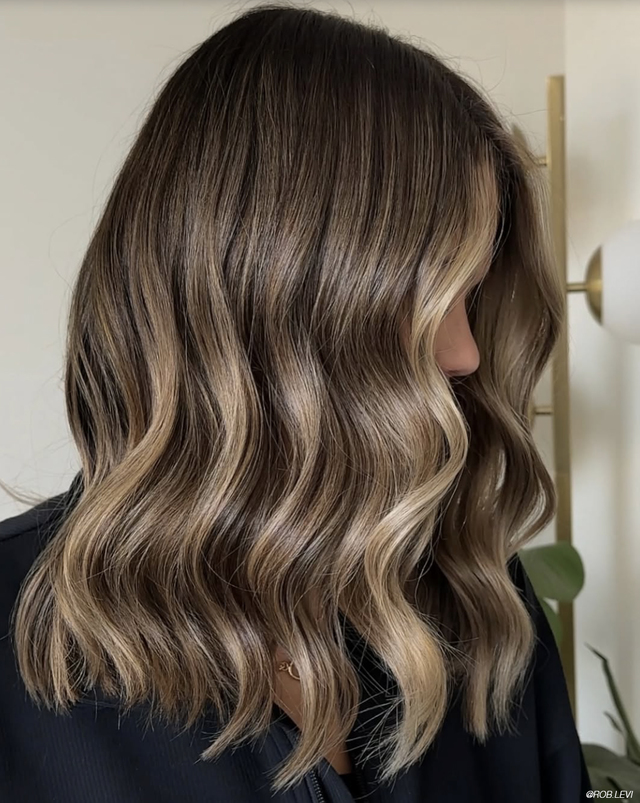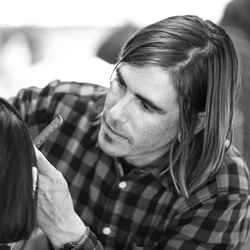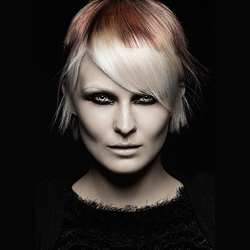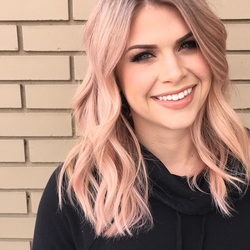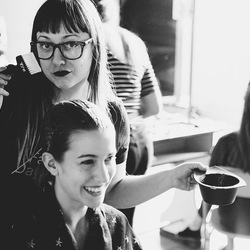There’s nothing worse than wearing a black shirt, only to look down and notice a little “snowfall” around your neck and shoulders. No, we’re not talking about the snowstorm outside. Those lovely little flakes always appear without warning—often during the wintertime thanks to the season’s harsh conditions. And the problem doesn’t stop there. Along with flaking, an unhappy scalp can also be extremely itchy, red or uncomfortable. So what’s a girl to do? Read on to discover the difference between dandruff and dry scalp, along with easy ways to tackle the situations head on.
First things first, it’s important to recognize what your scalp is trying to tell you. If your head is feeling itchy, dry and flaky, then, chances are, you’re experiencing one of two problems: Dry scalp or dandruff. So what’s the difference? Dry scalp is caused by dryness, usually from cold, dry air, older age or irritation caused by a haircare product. Dandruff, on the other hand, is a condition caused by excess oil in the scalp. The oils build up, causing the skin cells to clump together and appear as flakes as they fall due to a fungus called malassezia globosa. While the fungus lives on everyone’s scalp, approximately 50 percent of people are sensitive to it, which results in an increase in dead skin cells and, ultimately, flakes. One surefire way to differentiate the two? If you notice that the flakes are large and yellow or white in color, it’s most likely dandruff, while smaller, white or transparent flakes are typically caused by dry scalp. Regardless of what type of scalp issue you’re experiencing, it’s important that you properly recognize it and immediately seek treatment to eliminate the discomfort.
Treating dry scalp is relatively easy—just give the scalp exactly what it wants: moisture! Skip the harsh shampoos and instead use a hydrating, sulfate-free shampoo and a moisturizing conditioner.
Try:
Keune CARE Derma Sensitive + Lotion
label.m Moisturising Conditioner
You should also apply an oil treatment to your scalp at least 1-2 times a week. Castor, rosemary, lavender, and tea tree oils are all ideal for restoring moisture. Apply the treatment in small sections to ensure that the entire scalp is covered, then give yourself a 5-10 minute scalp massage to ensure that the oil fully penetrates the skin.
Dandruff requires a more powerful approach. First, invest in a quality dandruff shampoo. For best results, look for formulas that contain salicylic acid, tar or anything that offers antifungal and antimicrobial properties. You may need to try more than one formula to figure out which one works best for your scalp. (If you experience any burning, irritation or redness, immediately stop using the product!)
Try: Biolage R.A.W. Salicylic Acid Anti-Dandruff Shampoo
American Crew Anti-Dandruff Shampoo
It’s also important that you wash your scalp regularly. Going too many days between washes can increase build-up and cause even more flakes.
Similarly to dry scalp, natural oils can work wonders on dandruff. Tea tree oil, coconut oil and aloe vera all contain antibacterial properties that will tackle the fungus that causes dandruff.
Other easy ways to stop dandruff in its tracks? Minimize your stress levels, spend some time in the sun and take a probiotic daily. The good news? An unhappy scalp is easily fixable, which means you’ll be saying goodbye to flakes long before snowy season ends!
For more fashion-forward styles and product picks and be sure to stock up on all goodies the Bangstyle store has to offer!
